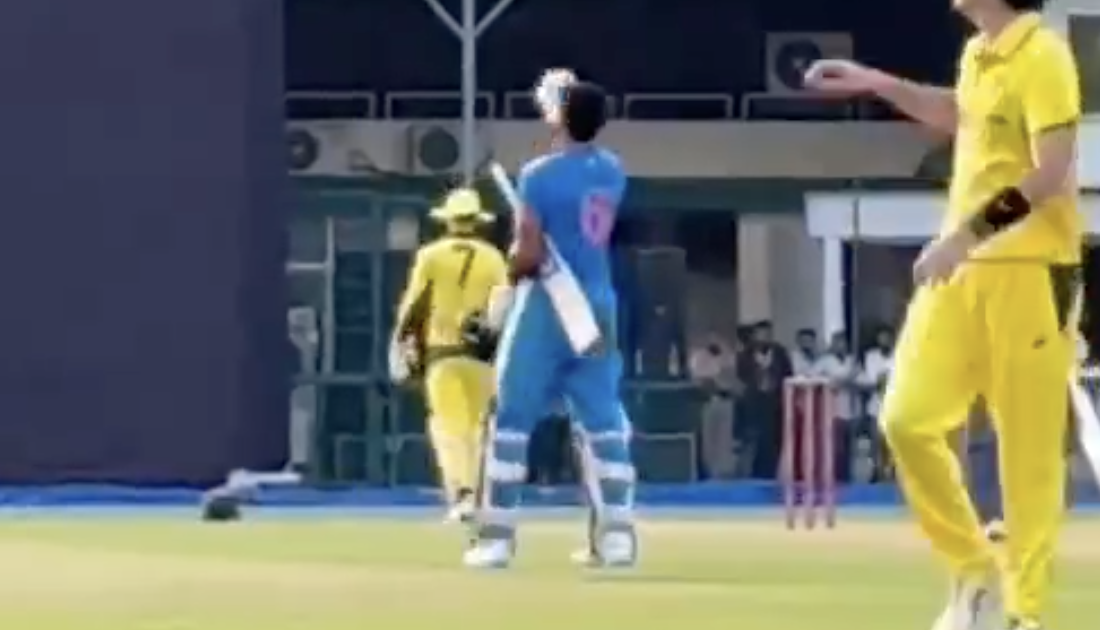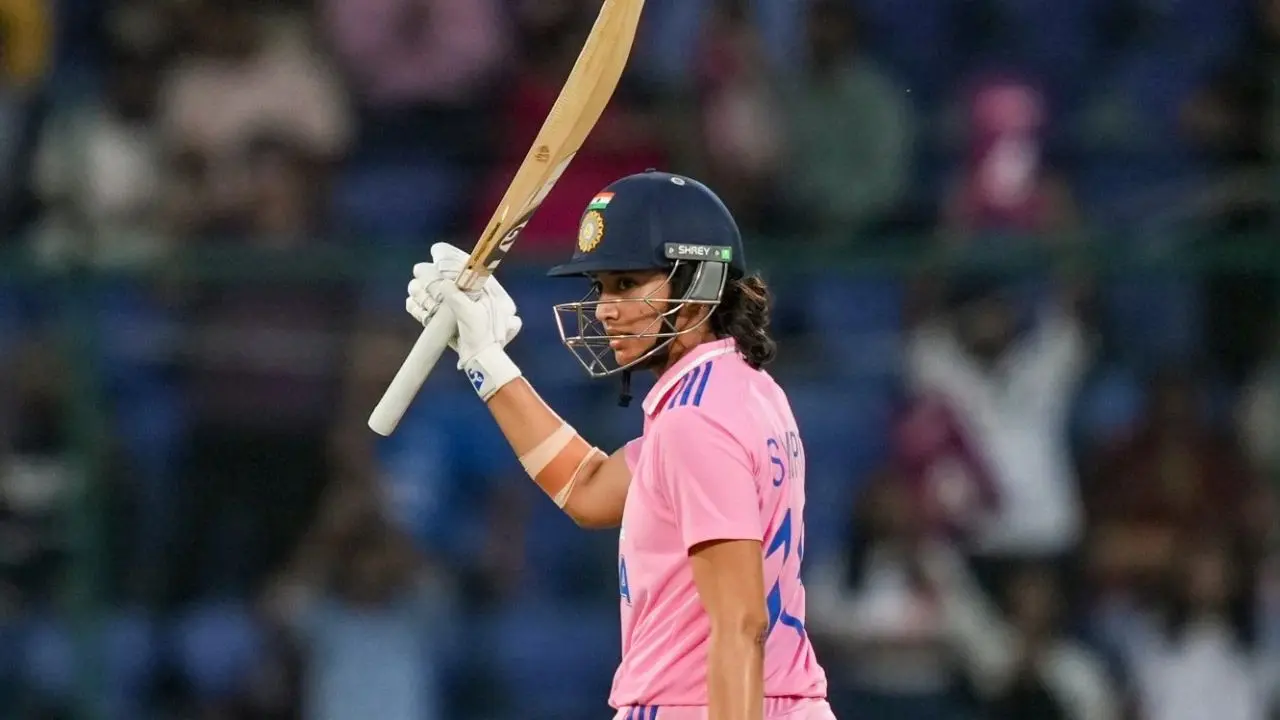Cricket is a gentleman’s game, but over the years, some of its laws have left players and fans scratching their heads. From bizarre “dead ball” situations to rules about helmets, double hits, and even “timed out” dismissals, the sport is full of strange regulations that many people don’t even know exist.
Let’s dive into the top 10 weirdest cricket rules that you might find unbelievable, yet they are part of the official game.
Table of Contents
- 10. The Spidercam Rule – When Technology Interferes
- 9. Double Hit – Hit the ball twice
- 8. No Appeal = No Out
- 7. Lost Ball = Dead Ball
- 6. Overthrows & Extra Runs
- 5. Ball Hits Helmet = 5 Penalty Runs
- 4. Retired Out vs Retired Hurt
- 3. Withdrawal of Appeal Rule
- 2. Heavy LED Bails & Unlucky Bowlers
- 1. Obstructing the Field (Formerly Handled the Ball)
- Other Weird Cricket Rules 2025
10. The Spidercam Rule – When Technology Interferes
Modern cricket is full of technology like the spidercam, which gives us stunning aerial views. But what if a ball in the air strikes the spidercam?
In a T20 match between India and Australia, Glenn Maxwell’s shot off Krunal Pandya hit the spidercam. It looked like an easy catch for India, but according to the laws of cricket, if the ball in play hits an external object inside the ground except helmets on the ground, it is considered a dead ball.
This rule falls under Law 20 – Dead Ball. Specifically, Law 20.1.2.4 states:
“The ball shall be deemed to be dead when it is struck while in play and, while still in the air, it makes contact with any obstruction or person not a fielder.”
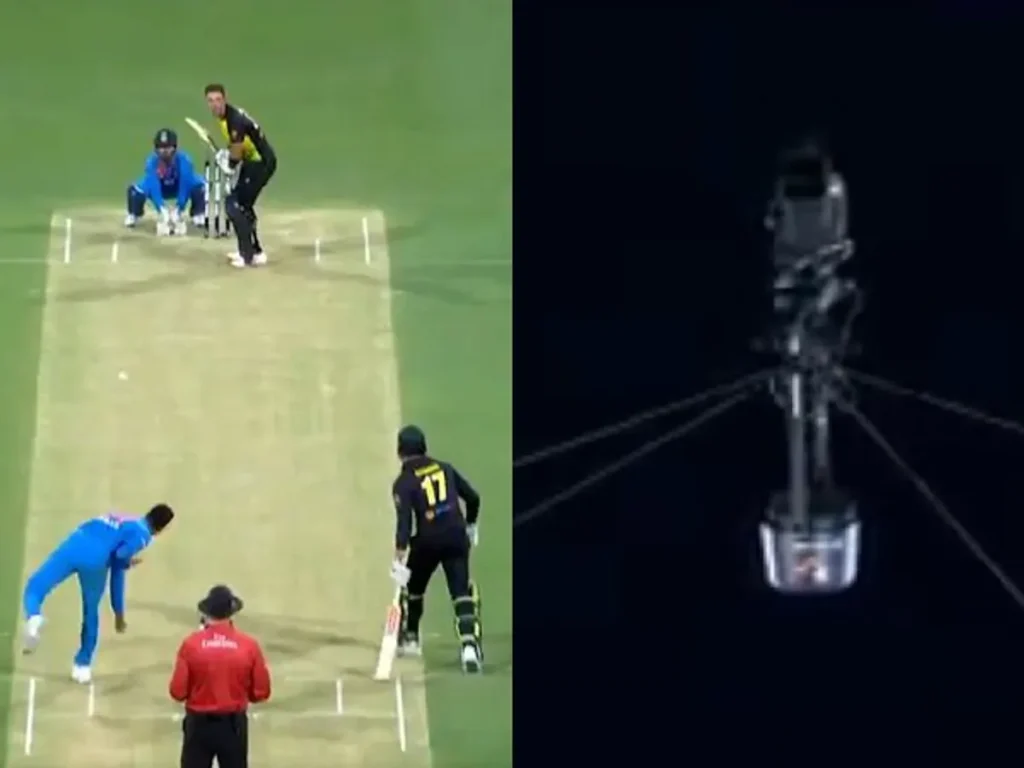
9. Double Hit – Hit the ball twice
ICC rules state that a batsman cannot deliberately hit the ball twice with the bat. However, there are exceptions:
- If the ball is rolling towards the stumps after hitting the bat, the batter can hit it again only to stop being bowled out.
- But they cannot run or gain an unfair advantage
Law 34.1 — Hit the ball twice: If, while the ball is in play, the striker deliberately strikes the ball a second time with their bat or body (not including a hand holding the bat), they are out — unless the second strike was only to protect their stumps.
8. No Appeal = No Out
Even if a batter is clearly out, the umpire cannot give them out unless the fielding side appeals.
In an Australia vs. West Indies match, a batter was run out, but the Aussies forgot to appeal. The umpire let the play continue, and the batter stayed not out. When the replay showed the dismissal, Australia protested, but the umpire reminded them: “No appeal, no out.”
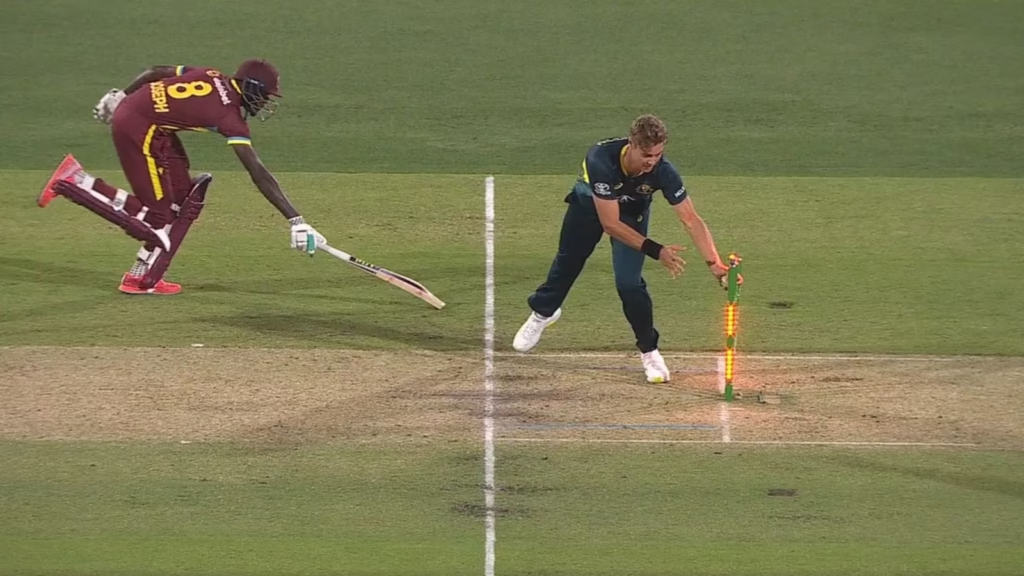
7. Lost Ball = Dead Ball
ICC Law 20.4.2.10 says if the ball goes missing inside the boundary and cannot be found, it is declared dead, and the batting side only gets the runs they completed before the ball was lost.
This rule was more relevant in the past, when grounds had uneven grass where the ball could genuinely get lost. Today it feels bizarre, but it still exists.
6. Overthrows & Extra Runs
The 2019 ODI World Cup Final between England and New Zealand saw one of the strangest applications of a rule. Ben Stokes dived to save himself from being run out, but the throw deflected off his bat and went for four. Umpires awarded six runs (two they ran + four from the boundary).
But Law 19.8 clarifies that only runs completed at the time of the fielder’s throw should count. Since Stokes and Rashid hadn’t crossed, it should have been five, not six. That one run could have changed the champion — maybe New Zealand would’ve lifted the trophy instead of England.

5. Ball Hits Helmet = 5 Penalty Runs
If the ball hits a fielder’s or wicketkeeper’s helmet lying on the ground, the batting side automatically gets five penalty runs.
In a New Zealand A vs Bangladesh A match, the ball struck the keeper’s helmet, gifting five extra runs.
So why do keepers still leave helmets behind?
- Against fast bowlers, they stand far back and don’t need helmets.
- Against spinners, they keep helmets nearby to avoid repeated trips off the field.
4. Retired Out vs Retired Hurt
We are all familiar with the concept of a player returning from retirement hurt, where they can return later after an injury. But there’s another rule: retired out.
Here, a player voluntarily leaves the field, not due to injury, and cannot return to bat again.
Example: In IPL 2025, Mumbai Indians’ Tilak Varma retired out against Lucknow Super Giants after struggling to score runs.
3. Withdrawal of Appeal Rule
Cricket has a rare “good spirit” law under Law 31.7: the fielding side can withdraw their appeal even after the umpire has given the batter out.
Famous cases:
- 1999: Sachin Tendulkar was run out accidentally after colliding with a bowler. Sri Lanka withdrew their appeal.
- 2023: Dasun Shanaka was run out by Mohammad Shami on 98, but Indian captain Rohit Sharma withdrew the appeal.
- 2025: In the Asia Cup 2025, Suryakumar Yadav withdrew his appeal against Oman when Shivam Dube was bowling and the batter was clearly out.
2. Heavy LED Bails & Unlucky Bowlers
Bowlers often feel unlucky when the ball hits the stumps but the bails don’t fall. According to the laws, a batter is only out when at least one bail is dislodged.
Modern LED bails are heavier, making such incidents more common. Bowlers like to complain, but it’s part of today’s cricket.
Famous Case:
- In Big Cricket League 2025, the Batter tried to hit the ball, and the ball hit the stumps, but the bails did not come off, and that was not out.
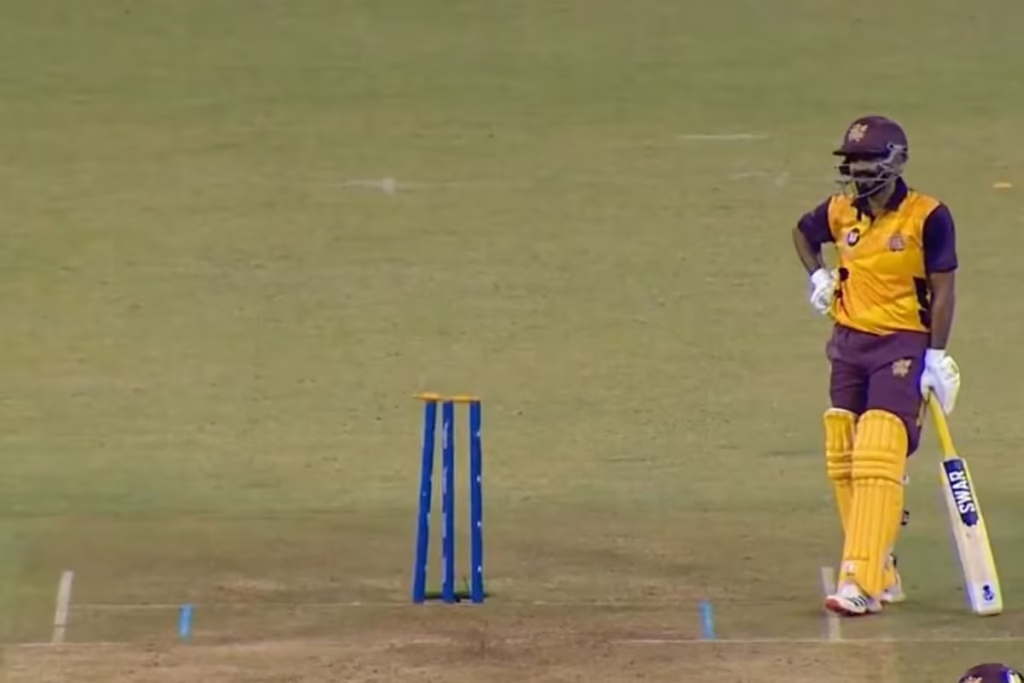
1. Obstructing the Field (Formerly Handled the Ball)
If a batter intentionally stops the ball with their hand while outside the crease, they are out under Obstructing the Field.
Examples:
- Salman Ali Agha stopped the ball against India in the Asia Cup 2025 when Suryakumar tried to run him out.
- Ben Stokes once stopped a throw with his hand and was declared out.
- Mushfiqur Rahim has also been dismissed this way.
Earlier, this was called “Handled the Ball”, but since 2017, it has been merged into Obstructing the Field.
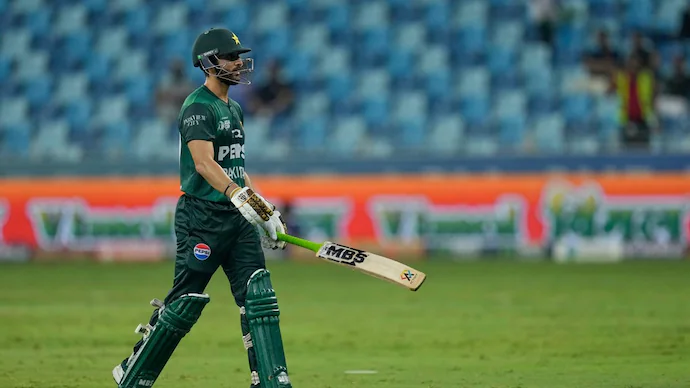
Other Weird Cricket Rules 2025
- Timed Out: A new batter has just 3 minutes to take guard. If not ready, they can be given “timed out.” Example: Angelo Mathews vs Bangladesh, 2023. His helmet strap broke, and Bangladesh appealed — he became the first batter in cricket history to be timed out.
- Kicking the Ball = 5 Runs: Fielders cannot deliberately kick the ball over the boundary. Virender Sehwag once did this, and India was penalized five runs.
- Body Before Wicket (BBW): LBW doesn’t just apply to legs. Any part of the body (shoulder, chest, etc.) that blocks the ball in line with the stumps can lead to dismissal. Even Sachin Tendulkar was once given out this way against Glenn McGrath.


